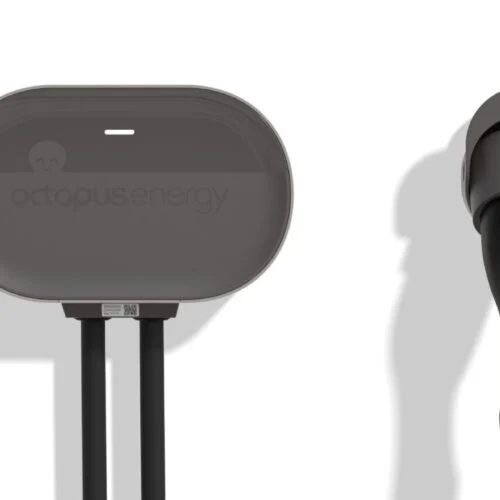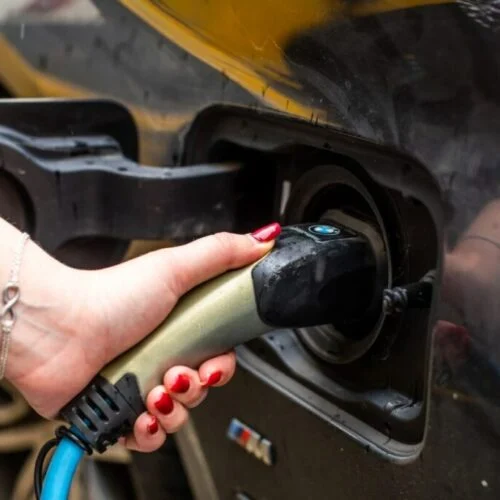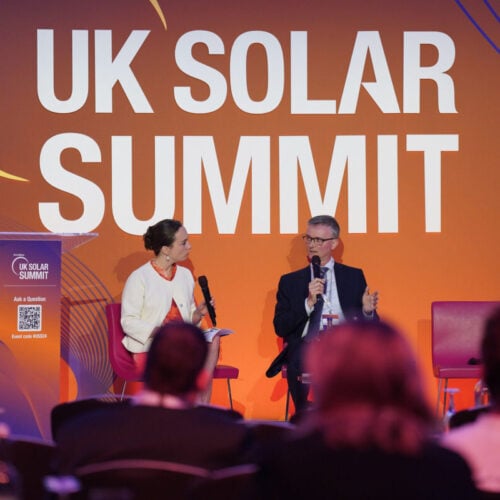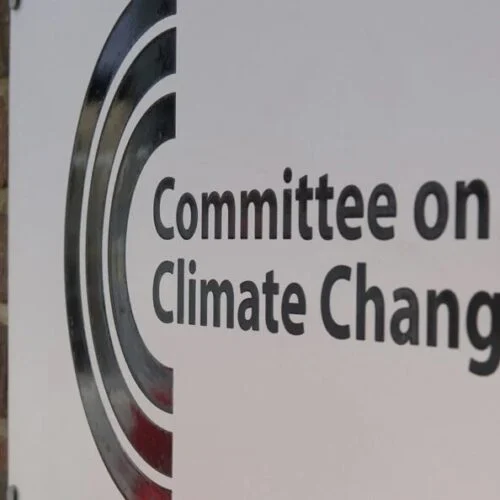Just a few days away from the Clean Power 2030 Summits, Monika Paplaczyk, chief investment officer at Thrive Renewables spoke to PV Tech Premium calling 2024 “a transformational year in terms of energy policy”.
Paplaczyk will speak twice on day two of the Wind Finance and Investment Summit, which this year is co-located with the UK Solar Summit and Green Hydrogen Summit.
“The government [has announced] its ambitions to double onshore wind, triple solar and quadruple offshore wind by 2030,” said Paplaczyk.
“Importantly, we saw immediate action – with the removal of the de-facto ban on onshore wind in England and positive planning decisions on some large solar projects that had been previously stalled.”
However, Paplaczyk pointed to a number of challenges for the UK energy sector in adjusting to these changes, namely that the country’s grid infrastructure will struggle to accommodate all of this new renewable power capacity, and the sustained deployment of solar projects in particular will saturate the market, and diminish the strong business case for solar that has been a key component of its popularity.
“I look forward to attending the Clean Power summits, where I expect many of these issues to be central to the discussions. It will also be interesting to explore how solutions such as blended finance, community participation and policy reform can help to overcome them.”
Market dynamics for wind
Thrive Renewables invests across the clean power sector. Paplaczyk explained: “Although we believe that wind and solar are equally as important, they face different market dynamics. For example, solar has benefitted from falling technology costs and faster deployment timelines, but projects are now seeing tightening margins due to market saturation and high merchant exposure.
“Although onshore wind in England is back on the table following the removal of the de-facto ban, grid connection times remain a major obstacle to progress.”
However, Paplaczyk noted that this difference in market dynamics has not made her work particularly more difficult, instead pushing her, and other investors, towards newer types of projects, such as hybrid projects, those that combine several renewable technologies at a single site, and generation facilities co-located with battery energy storage systems (BESS).
“Instead of looking solely for new wind or solar opportunities, we’re increasingly focused on hybrid and co-location models – for example, a wind site that could also host a battery or solar array,” she said, reflecting a growing interest in hybrid and co-located projects in European power. “This ensures projects make the most of the grid connection available and builds financial resilience.”
“Access to clean, secure and affordable energy is now a regional growth issue, not just a climate issue,” Paplaczyk explained. “What we really want to see is the definition of energy infrastructure broadened to include the concept of community ownership and local benefit.
The full conversation with Paplaczyk is available with a premium subscription to PV Tech.
On 1-2 July, our Publisher Solar Media will host the Clean Power 2030 Summits, comprising the UK Solar Summit 2025, the Green Hydrogen Summit UK 2025 and the Wind Power Finance & Investment Summit. Book your ticket here to attend the event and hear from industry experts including Monika Paplaczyk and UK energy minister Michael Shanks.





